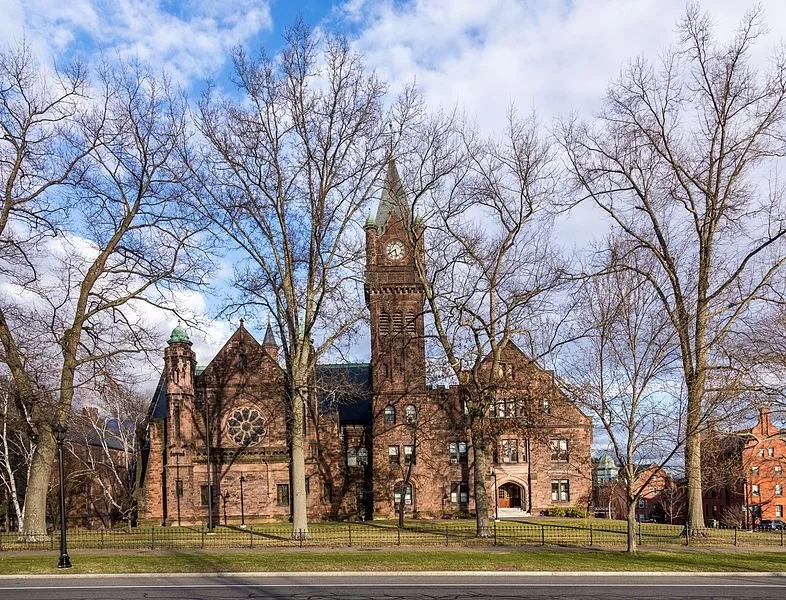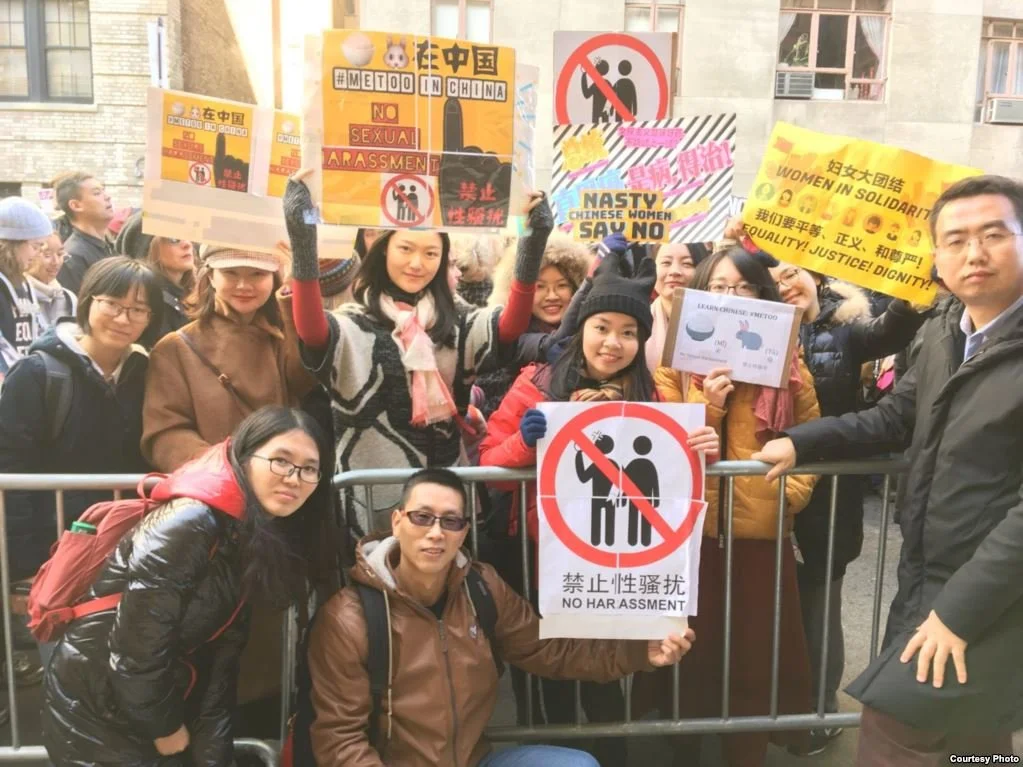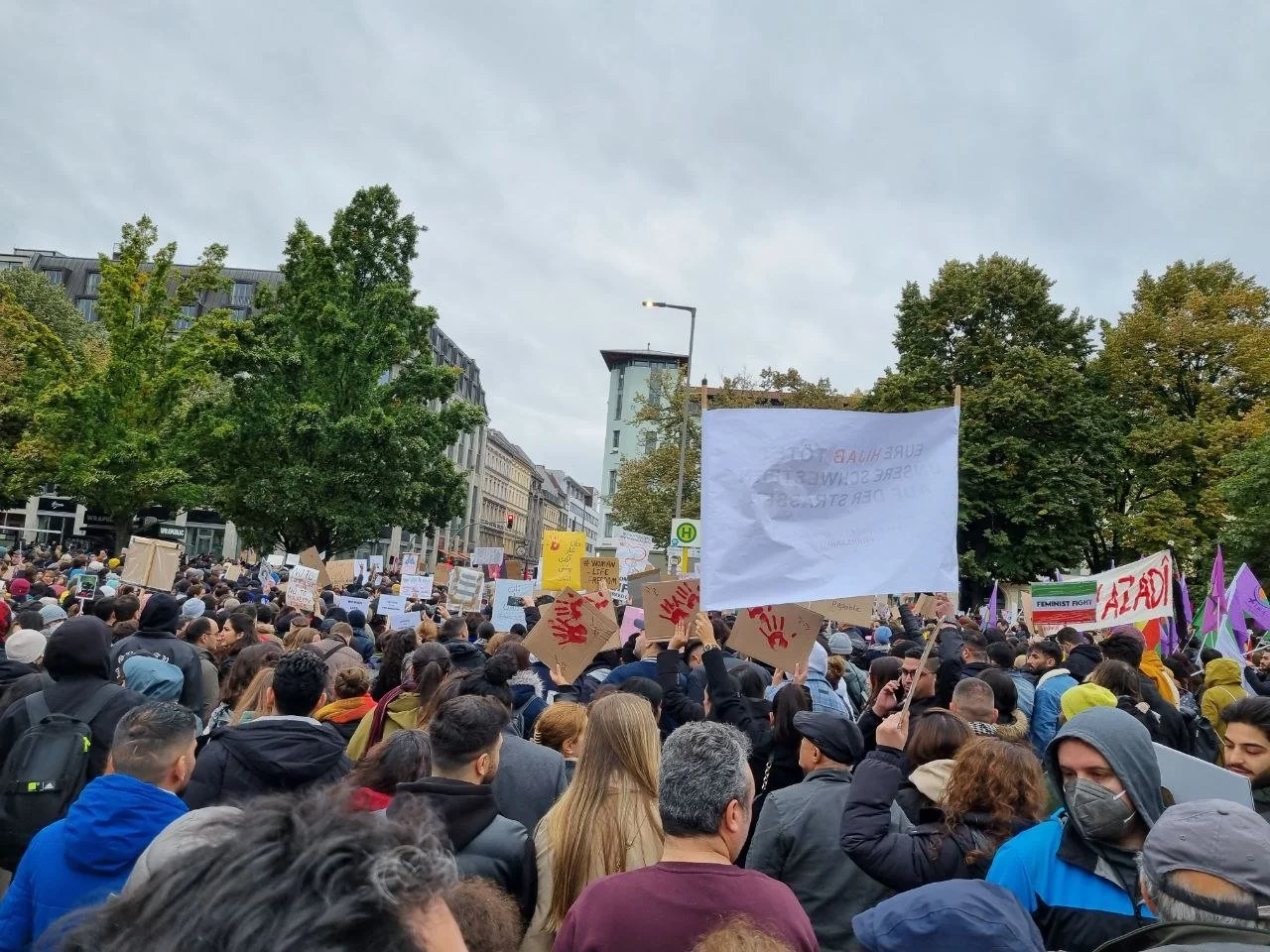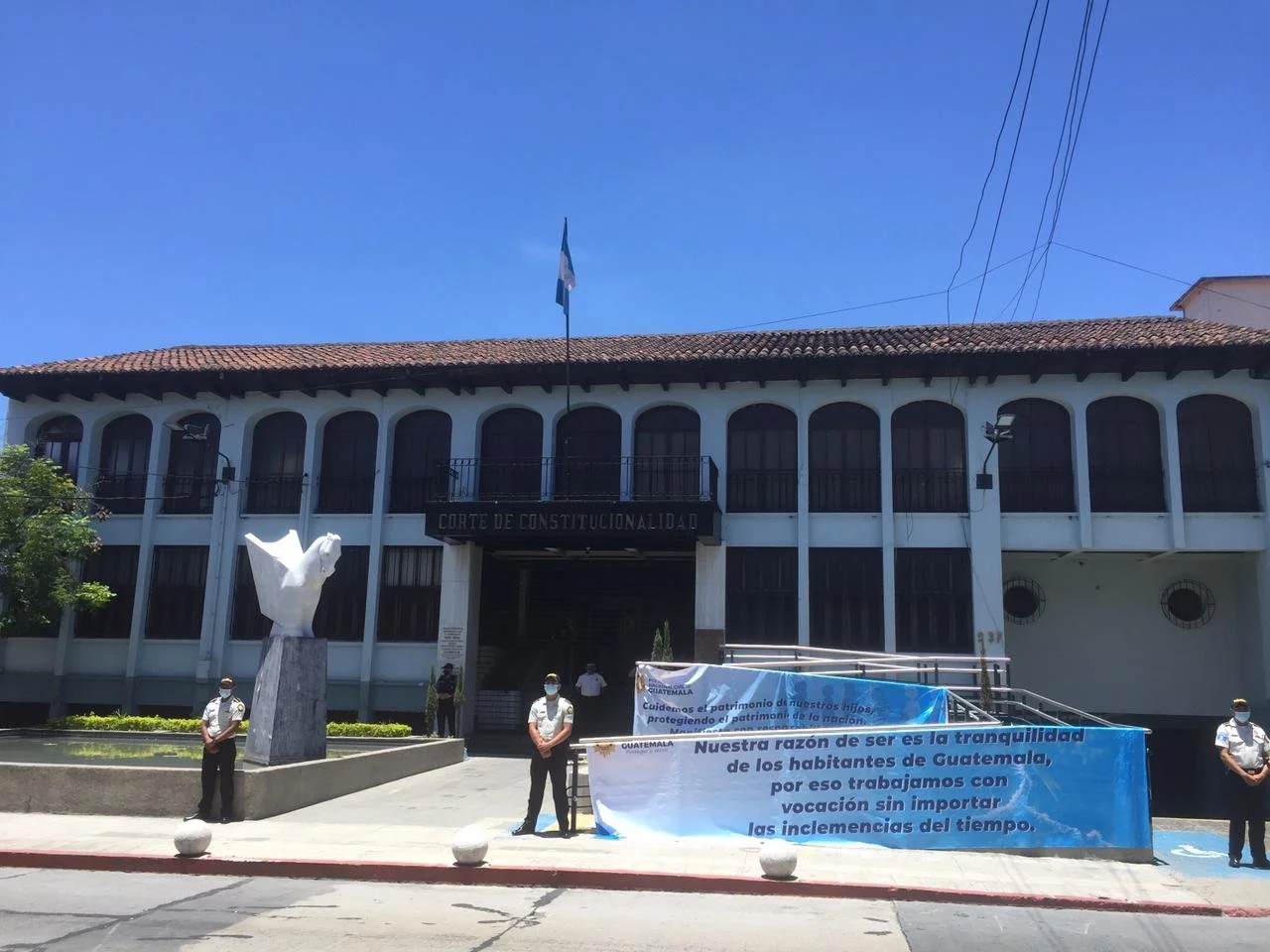The Australian Migration Act sponsors mandatory detention. This legislation led to the dentention of refugees at Nauru’s Regional Processing Center. Photo courtesy of John Englart via Flickr.
By Norah Tafuri ’25
Staff Writer
Australia is currently using Nauru — a Micronesian island once under the control of New Zealand, Australia and the United Kingdom — as an offshore Regional Processing Center to detain refugees and immigrants. According to the Australian Parliament, the legislation for the processing center is called the Mandatory Detention Policy and was included in the Migration Amendment Act in 1992 with bipartisan support. “Under sections 189, 196 and 198 of the Migration Act, all non-citizens unlawfully in Australia must be detained and kept in immigration detention until granted a visa or removed from Australia,” the bill states.
The Migration Act, passed in 1958, stipulates that “asylum seekers who arrive on the mainland without a valid visa must be held in immigration or community detention, or transferred to an off-shore processing facility.” The United Nations High Commissioner for Refugees has stated that it “is clear that detention of asylum seekers ‘as part of a policy to deter future asylum seekers, or to dissuade those who have commenced their claims from pursuing them, is contrary to the norms of refugee law’.”
“For years, Australia has not lived up to its commitments under international and domestic law to provide protection to asylum seekers and give them refugee status determination hearings. This failure sends a message to other countries that they might be able to get away with providing inadequate protection for vulnerable people. So, it harms asylum seekers everywhere,” Rebecca Hamlin, professor of political science at the University of Massachusetts Amherst said in an interview with Mount Holyoke News. “In my book ‘Let me Be a Refugee’, which compared the refugee regimes of the United States, Canada and Australia, I found that despite many similarities between those three countries, Australia was consistently less likely to treat asylum seekers well, to accept their claims and to welcome them as future citizens.”
The Refugee Council of Australia explained that there were 66 people living on Nauru as of Jan. 31, 2023. “Currently, refugees on Nauru are all living in the Nauruan community, with no one living in the RPCs since the end of March 2019,” according to The Guardian. In place of using the center, many have been relocated to motels where they are held awaiting uncertain resettlement. While moving people beyond the walls of the Regional Processing Center may appear as an effort to stop the use of off-shore RPCs, the Guardian reported that a recent contract has been made with the U.S.-based private prison operator Management and Training Corporation, which is indicative of the enduring practice.
Children held in the Nauru RPC experienced high levels of chronic distress and severe mental health symptoms, including suicidal ideation, hallucinations and cognitive impairment, according to the Asylum Seeker Resource Center. In 2018, CNN reported “Using the hashtag #KidsOffNauru, the Australian charities have started a petition calling for the government to allow the refugee children to leave the island.” Despite the outcry among organizing groups and media outlets, these centers continue to stay in use.
This new change in contract with MTC came at a price of $421,830,424 paid by the Australian government. MTC is the third-biggest for-profit prison corporation in the U.S., according to The Center for Media and Democracy. It has been implicated in a number of scandals, not the least of which is neglect and abuse of the people incarcerated within their facilities. As reported in 2007 by Prison Legal News, the corporation was named in a bribery scheme involving more than $10,000 in bribes in exchange for favorable votes on a $14.5 million private prison project. Time Magazine reporter Anjani Trivedi stated that when private prison contractors are unable to find profitable contracts in the U.S. they look towards exporting their services abroad, both as carceral institutions and for garrison use, as seen on Nauru.
Hamlin expressed concern about this trend. “There is a lot of research to support the idea that private prisons and detention centers operate with less transparency than state-run centers. It is more difficult to document abuse and neglect of immigrants in detention when the government outsources these functions of the state,” she said.
According to an article from The Guardian, Nauru Regional Processing Center was formerly run by Broadspectrum, a corporation that was tasked with handling welfare services for refugees in Nauru’s RPC. Broadspectrum — which was later rebranded as Transfield Services — was previously owned by the Belgiorno-Nettis family, who have reportedly donated $895,298 dollars to the ruling Labor Party, which currently holds the parliamentary majority in Australia.
This donation is but a small drop in the sea of donated dollars that fund the Labor Party. “In nine years, Labor has taken over $90 million from corporations,” Democracy For Sale, a website that tracks political donations, stated. More money is certain to be in exchange, with 55 percent of the Labor Party’s income being derived from undisclosed donors.
Labor home affairs spokesperson Kristina Keneally confirmed that Labor “completely supports Operation Sovereign Borders — offshore processing, regional resettlement and boat turnbacks where safe to do so,” The Guardian reported.Broadspectrum received 1.5 billion dollars from the federal government over the course of three years for managing RPCs such as the one at Nauru.



















